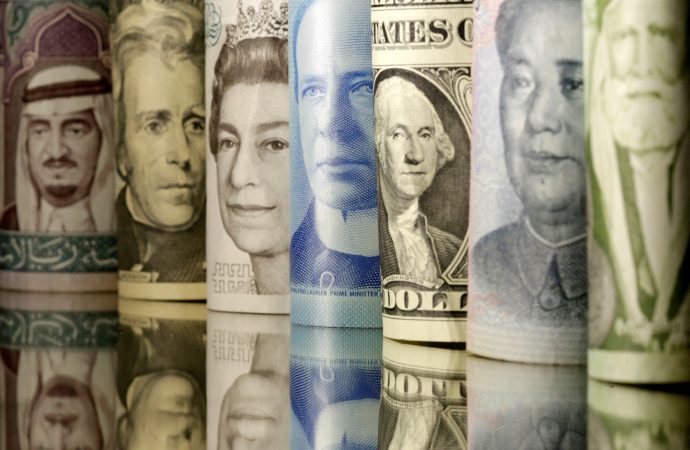In recent years, the global green technology sector has seen significant advancements and shifts. A notable trend is the Europeanisation of products by Chinese green tech manufacturers. This article explores what it means for Chinese green tech products to become “Europeanised,” examining the underlying reasons, implications, and impacts on the market. Introduction The green technology
In recent years, the global green technology sector has seen significant advancements and shifts. A notable trend is the Europeanisation of products by Chinese green tech manufacturers. This article explores what it means for Chinese green tech products to become “Europeanised,” examining the underlying reasons, implications, and impacts on the market.
Introduction

This image is taken from google .com
The green technology sector, driven by the urgent need to combat climate change and environmental degradation, has witnessed rapid growth worldwide. China, a major player in this sector, has increasingly focused on aligning its products with European standards. This phenomenon, referred to as ‘Europeanisation,’ reflects a strategic shift in Chinese green tech manufacturers’ approaches to product development, marketing, and market positioning.
Understanding Europeanisation
Europeanisation in this context refers to the process by which Chinese manufacturers adapt their products to meet European standards and preferences. This involves modifying designs, enhancing product quality, and ensuring compliance with stringent European regulations. The goal is to penetrate the European market more effectively, leveraging the region’s strong environmental regulations and consumer preferences for high-quality, sustainable products.
Drivers of Europeanisation
1. Market Access
European markets are highly lucrative due to their robust green technology sectors and stringent environmental regulations. To access these markets, Chinese manufacturers must comply with European Union (EU) standards, which often necessitates product modifications. This adaptation process is crucial for gaining certification and approval to sell products in Europe.
2. Competitive Advantage
Europeanisation provides a competitive edge by enhancing product appeal and credibility. Products that meet European standards are often perceived as higher quality, which can lead to increased consumer trust and market acceptance. This strategic alignment helps Chinese manufacturers differentiate their products in a crowded marketplace.
3. Regulatory Compliance
The EU has some of the world’s most rigorous environmental regulations, including the EU Green Deal and the European Climate Law. Adhering to these regulations not only ensures market access but also helps Chinese manufacturers avoid potential legal issues and penalties.
4. Brand Image and Global Positioning
Aligning with European standards can significantly enhance a Chinese manufacturer’s global brand image. It positions the company as a player committed to high-quality and environmentally friendly products, which can improve its reputation and facilitate entry into other international markets.
Key Areas of Europeanisation
1. Product Design and Quality
To meet European standards, Chinese green tech manufacturers often invest in redesigning products to ensure they align with EU requirements. This includes improving energy efficiency, using higher-quality materials, and incorporating advanced technologies.
2. Certifications and Standards
European markets require specific certifications, such as CE marking, which signifies that products meet EU safety, health, and environmental protection requirements. Achieving these certifications involves rigorous testing and compliance processes.
3. Sustainability Practices
European consumers and regulators emphasize sustainability. Chinese manufacturers are increasingly adopting practices such as reducing carbon footprints, minimizing waste, and using renewable materials to align with these expectations.
Comparative Analysis: European vs. Chinese Standards
To better understand the implications of Europeanisation, it is helpful to compare European and Chinese standards in green technology.
| Aspect | European Standards | Chinese Standards |
|---|---|---|
| Regulatory Framework | Strict and comprehensive, including EU Green Deal and Climate Law | Emerging, with significant improvements but generally less stringent |
| Product Certification | CE marking required for market entry | China Compulsory Certificate (CCC), less recognized internationally |
| Sustainability | High emphasis on energy efficiency, emissions reduction, and recyclability | Growing focus, but variable across industries |
| Consumer Expectations | High demand for advanced technology and environmental friendliness | Increasing but generally lower compared to Europe |
Case Studies of Europeanisation
1. China’s Solar Panel Industry
Chinese solar panel manufacturers have made substantial efforts to Europeanise their products. This includes upgrading technologies to meet EU efficiency standards and obtaining CE certification. As a result, they have successfully penetrated the European market, despite initial challenges related to price competition and regulatory hurdles.
2. Electric Vehicles (EVs)
Chinese EV manufacturers have adapted their vehicles to meet European safety and environmental standards. This includes enhancing battery technology, improving safety features, and ensuring compliance with EU emissions regulations. The successful entry of brands like BYD and NIO into European markets highlights the effectiveness of these adaptations.
Implications for Global Green Tech Markets
1. Enhanced Competition
The Europeanisation of Chinese green tech products increases competition in global markets. Chinese manufacturers, by meeting high European standards, challenge established European companies and other international players, potentially leading to innovations and improved products.
2. Regulatory Influence
As more Chinese manufacturers adopt European standards, these standards may influence global regulations and practices. The alignment with stringent European norms could set new benchmarks for green technology worldwide.
3. Consumer Benefits
Europeanisation benefits consumers by offering a wider range of high-quality, environmentally friendly products. It also promotes innovation and drives down costs as manufacturers strive to meet competitive market demands.
Challenges and Considerations
1. Cost Implications
Adapting products to meet European standards can be costly. Chinese manufacturers may face higher production costs and additional expenses related to certification and compliance. Balancing these costs while maintaining competitive pricing is a significant challenge.
2. Intellectual Property Risks
The process of adapting to European standards may involve sharing proprietary technologies and designs, raising concerns about intellectual property protection. Chinese manufacturers must navigate these risks carefully to safeguard their innovations.
3. Cultural and Market Differences
Understanding and addressing cultural and market differences between China and Europe is crucial. Chinese manufacturers need to conduct thorough market research and tailor their products to meet European consumer preferences effectively.
Conclusion
The Europeanisation of Chinese green tech products represents a significant strategic shift. By aligning with European standards, Chinese manufacturers are enhancing their global competitiveness, gaining market access, and contributing to the broader adoption of sustainable technologies. While challenges remain, the trend towards Europeanisation highlights a growing commitment to quality and environmental responsibility in the global green tech sector.






















